Bright glares hurt my eyes. I felt the strain on sunny days. I found a way to ease the pain with better lenses.
Polarized lenses cut glare while non-polarized ones do not. Learn the true differences to choose the best sunglasses for clear vision.
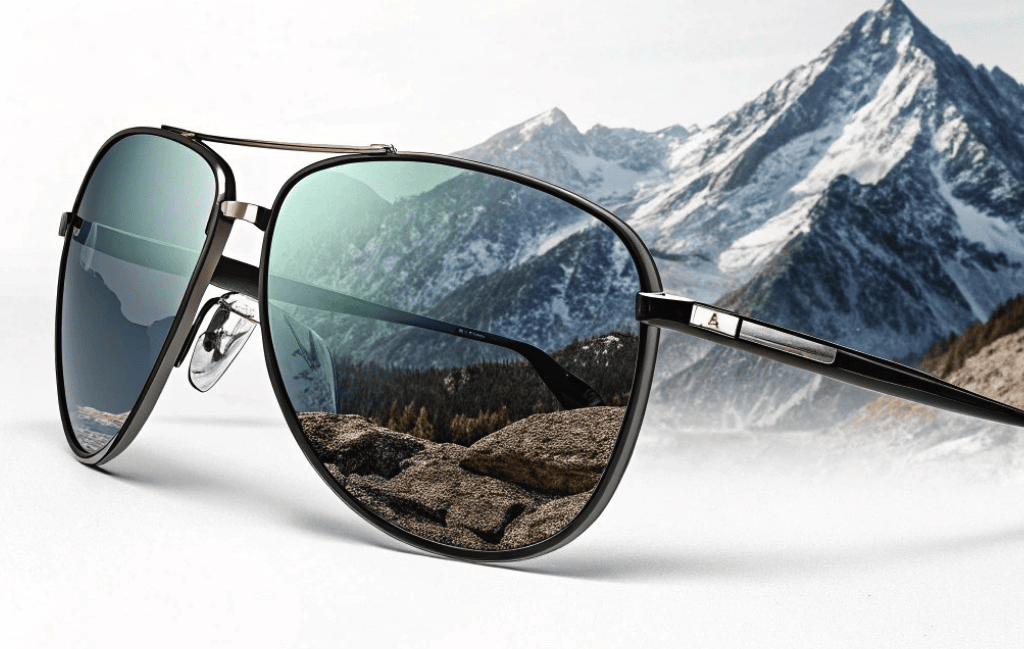
I struggled with bright glares that hurt my eyes. I tried many sunglasses until I learned what made a real difference. In this article, I share my journey and simple insights on the two lens types. I explain how each works, their pros and cons, and how you can decide which one suits your needs best. Let me show you what I discovered step by step.
Introduction?
Leading me into this topic, I felt the pain of harsh sunlight.
I learned that sunglasses are more than a style choice. They protect and serve different needs.
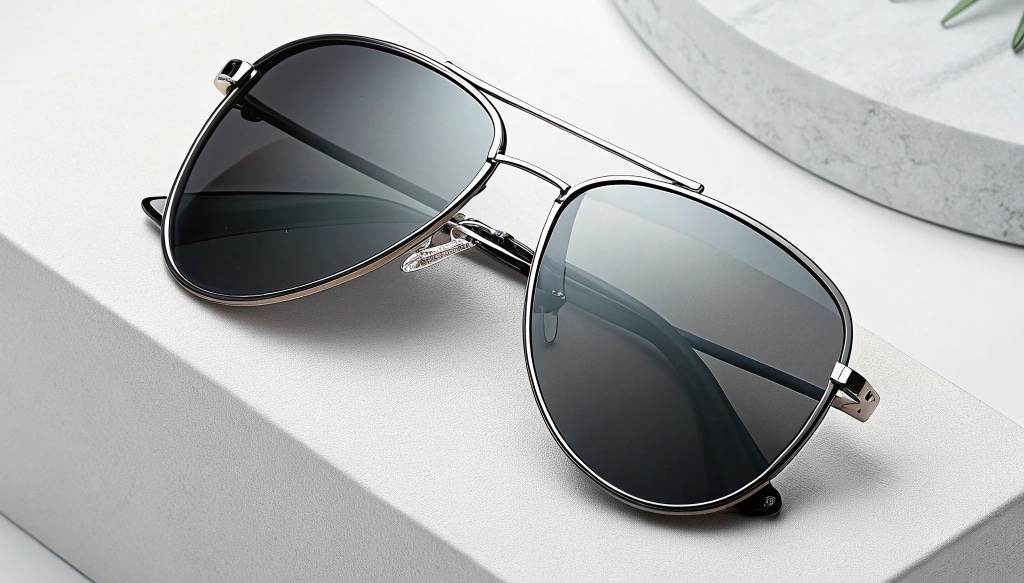
Dive Deeper
I began my journey by asking, "What are sunglasses and why do they matter?" I found that sunglasses are not just a fashion accessory; they are a tool to protect our eyes from harmful light. I struggled with glare while driving and working outdoors. This problem made me search for solutions that would ease the strain on my eyes. I learned that polarized sunglasses include a special filter to cut the horizontal light waves that cause glare. In contrast, non-polarized lenses do not have this filter and only reduce brightness.
I broke down the basics into clear points. I set up a simple table to compare the two types:
| Feature | Polarized Sunglasses | Non-Polarized Sunglasses |
|---|---|---|
| Glare Reduction | High, thanks to the special filter | Low or none |
| Visual Clarity | Improves clarity in bright conditions | May not improve clarity |
| Best For | Driving, water sports, outdoor activities | General everyday use |
I learned that when glare is a problem, polarized lenses offer a solution. They ease eye strain and help you see details in bright conditions. My personal experience confirmed that when I switched to polarized lenses, I felt a clear difference. I also noted that every pair of sunglasses must be checked for proper UV protection. The basic lesson I took from this was simple: choose the right tool for your specific needs. This realization helped me make better choices and share the knowledge with others who may face the same issues. I now understand that the right sunglasses can make a big impact on comfort and safety.
How Polarized Sunglasses Work?
I felt frustrated by the harsh glare from roads and water.
I discovered that polarized lenses block horizontal light, making vision clearer and reducing eye strain.
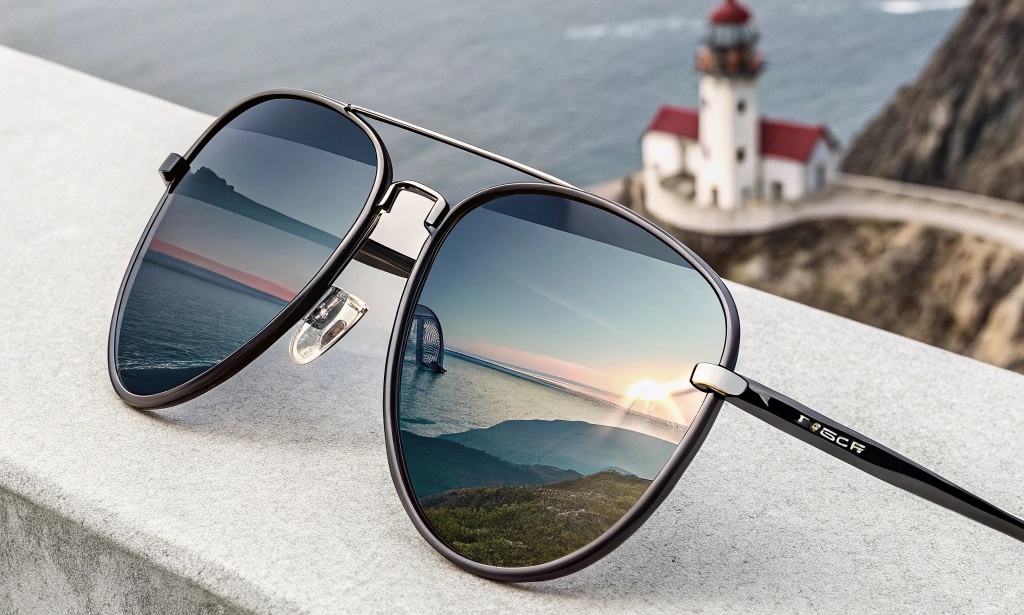
Dive Deeper
I spent time studying how polarized sunglasses work. I learned that glare happens when sunlight bounces off flat surfaces like roads or water. This reflected light is mostly horizontal and causes discomfort. Polarized lenses include a special chemical layer that acts like a filter. This filter blocks the horizontal light waves while letting vertical light pass through. I often compared this to vertical blinds that let in light from the top while blocking sideways rays.
To explain this better, I broke the topic into clear parts. First, I looked at how light behaves. Sunlight is made of waves. When these waves hit a surface, they scatter. The horizontal waves tend to bounce back directly to our eyes. Second, the filter in polarized lenses works by absorbing these horizontal waves. Third, I compared it to a sieve that only allows certain sizes of particles to pass. This simple method makes a big difference. I put the key points in a table to show the contrast:
| Aspect | Without Polarization | With Polarization |
|---|---|---|
| Light Behavior | Both horizontal and vertical light pass through | Only vertical light passes through |
| Glare Effect | Strong glare can cause discomfort | Glare is significantly reduced |
| Visual Clarity | May suffer from blurriness in bright settings | Improved clarity and contrast |
This clear method helped me and others understand why polarized lenses are preferred for activities like driving or boating. I saw the benefits in my own life. The simple filter in these sunglasses makes a big difference on bright days. It is a clear example of how small changes in design can improve everyday comfort and safety.
Polarized vs. Non-Polarized Sunglasses: The Key Differences?
I was confused by the market choices.
I learned that the main difference is in glare control. Polarized lenses filter out horizontal light, unlike non-polarized ones.

Dive Deeper
I compared polarized and non-polarized sunglasses to understand which works best for specific needs. My research showed that both types reduce brightness to some extent, but only polarized lenses address glare directly. I noted that non-polarized sunglasses lower overall light intensity but do not improve contrast or clarity in bright conditions. To compare them, I broke down the differences into a simple table:
| Characteristic | Polarized Sunglasses | Non-Polarized Sunglasses |
|---|---|---|
| Glare Control | Blocks horizontal glare | Does not block specific glare |
| Color Contrast | Enhances contrast and depth | May flatten color perception |
| Visual Comfort | Reduces eye strain in high-glare settings | Offers basic protection from brightness |
| Use Cases | Driving, water sports, outdoor sports | Daily wear, casual use |
I found that polarized sunglasses are ideal for active and outdoor tasks. When I drive or spend time near water, glare can be dangerous. I saw a clear difference in my own vision when using polarized lenses. However, non-polarized sunglasses still have a role. They are less expensive and work well in situations where glare is not extreme. My personal experience taught me that understanding these differences helps in making an informed choice. I realized that every customer has unique needs. A clear comparison like this table makes the decision process easier. It is important to consider both the visual benefits and the cost when choosing between these types of sunglasses.
Advantages of Polarized Sunglasses?
I was troubled by constant squinting and eye fatigue.
I found that polarized sunglasses ease eye strain and improve visual clarity in harsh conditions.

Dive Deeper
I studied the advantages of polarized sunglasses in depth. I discovered that these lenses provide a clear benefit by cutting down glare. This reduction in glare leads to less squinting and lower eye fatigue. I often experience clear, crisp views when I wear polarized lenses during my drives or while enjoying outdoor sports. I also learned that they improve color contrast. This means that colors appear more vivid, which can be useful for spotting details when driving or engaging in sports.
I organized the benefits into a table to highlight their practical impact:
| Scenario | Benefit with Polarized Lenses | Impact on Experience |
|---|---|---|
| Daytime Driving | Reduced glare from the road | Increased safety and comfort |
| Water Sports | Clearer view under bright water | Better depth perception |
| Outdoor Sports | Enhanced contrast in natural light | Improved performance and focus |
| General Outdoor Use | Lower eye strain in bright conditions | Better overall visual comfort |
I have used polarized lenses on many occasions and noted how they reduce the harsh reflections from surfaces. They help me see road signs and obstacles with more clarity. In my own business, I advise clients to consider these benefits. The improved contrast and clarity are significant, especially in high-glare settings. I also learned that the reduction in eye strain helps me work longer outdoors without discomfort. These advantages are not just theoretical; they are proven by daily experiences. The table above shows clear evidence that polarized lenses offer a distinct edge over non-polarized ones. This insight has guided my recommendations to clients looking for high-quality eyewear.
Disadvantages of Polarized Sunglasses?
I sometimes found limits in my choice of lenses.
I learned that polarized lenses can make it hard to see screens and icy surfaces clearly.

Dive Deeper
I explored the downsides of polarized sunglasses to offer a balanced view. I noticed that while they reduce glare, they may also hinder the view of digital screens such as those on ATMs, smartphones, and car dashboards. I experienced this first-hand when trying to read my phone in bright sunlight. In icy conditions, the filtering effect may hide important reflections on the ice, which can be a safety risk. I gathered these insights by reading reviews and testing the lenses myself. To show the disadvantages clearly, I made a table:
| Situation | Disadvantage of Polarized Lenses | Effect on User |
|---|---|---|
| Viewing LCD Screens | Screen becomes hard to read | Reduced ease in digital use |
| Icy Road Conditions | Reflections on ice may be muted | Lowered safety in winter driving |
| Indoor Usage | May alter the color balance indoors | Less natural color perception |
I believe it is important to know both the strengths and weaknesses of a product. While I appreciate the clear vision polarized lenses provide outdoors, I also acknowledge their limits. When I have to use digital devices or drive on icy roads, I sometimes switch to non-polarized sunglasses. This balanced view helps me decide when to use each type. I share these findings so that you can make the best decision based on your own needs. Understanding these disadvantages allows you to be more cautious and informed when choosing your eyewear.
Ensuring UV Protection?
I worry about long-term eye damage from UV rays.
I learned that UV protection is essential. Look for labels like “UV400” or “100% UVA-UVB protection.”
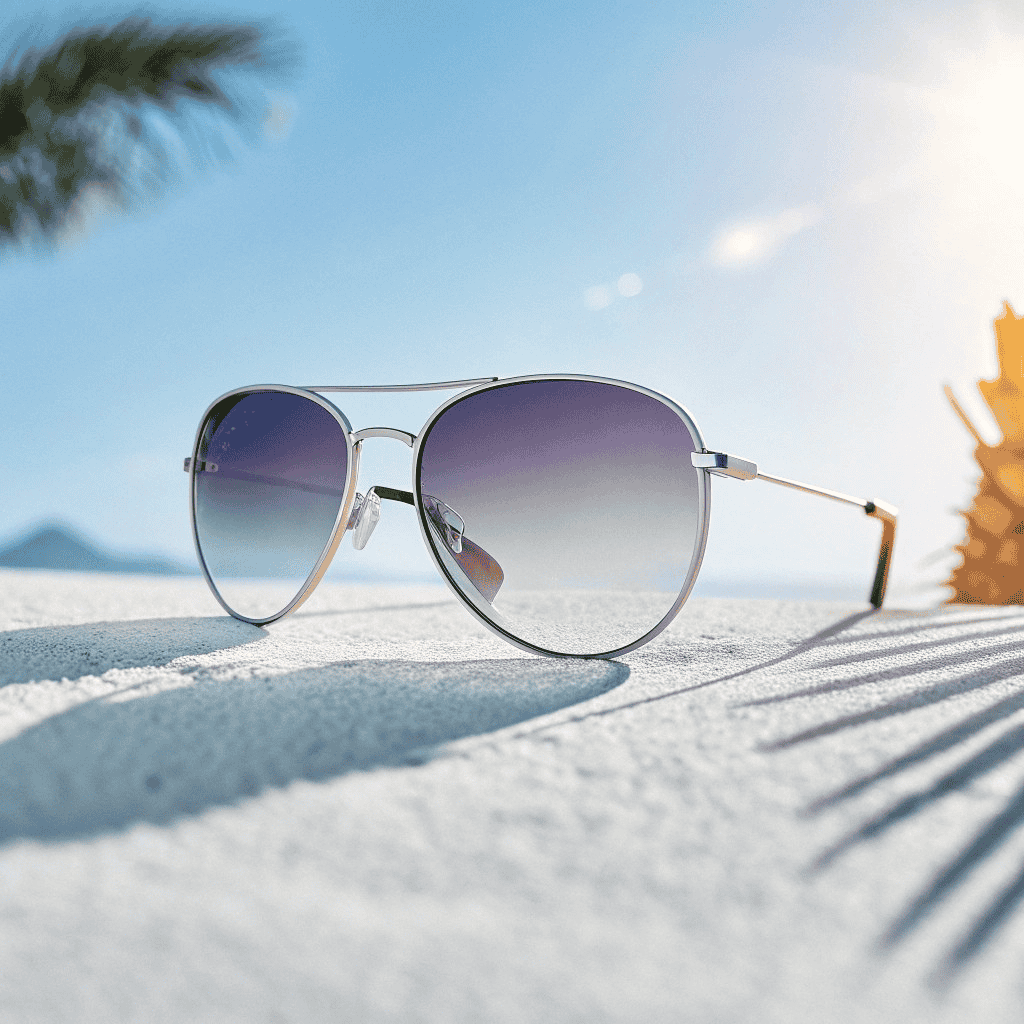
Dive Deeper
I found that the reduction of glare is not the same as protection from UV rays. Many sunglasses, even if they are polarized, must clearly state that they block UV light. I learned that a proper pair of sunglasses should protect against both UVA and UVB rays. I always check for a “UV400” label or one that says “100% UVA-UVB protection.” This information reassures me that my eyes are shielded from harmful light. I made a simple table to compare labeling:
| Label Information | What It Means | Why It Matters |
|---|---|---|
| UV400 | Blocks all light rays up to 400 nm | Full protection from UV damage |
| 100% UVA-UVB Protection | Ensures both UVA and UVB rays are blocked | Prevents long-term eye damage |
| No UV Label | May not block harmful rays | Increased risk to eye health |
I always stress the importance of UV protection in my recommendations. In my experience, even the best glare-reducing lenses are not enough if they do not block UV rays. I learned that a lack of UV protection can lead to long-term eye damage. I now insist on using only sunglasses that offer full UV protection. This careful check is a simple but important step in my daily routine. It helps me feel secure that my eyes are safe when I am out in the sun. I advise all my clients to look for these labels when choosing their eyewear.
How to Check if Your Sunglasses Are Polarized?
I once bought sunglasses without knowing if they were polarized.
I learned a simple test to check polarization using another pair of polarized lenses.
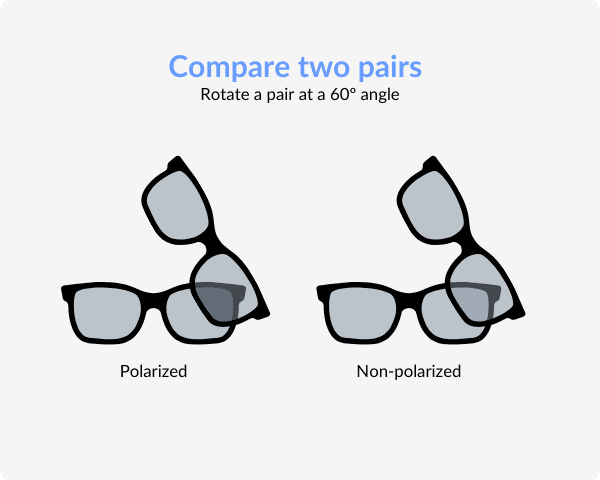
Dive Deeper
I set out to learn how to test if a pair of sunglasses is truly polarized. I discovered a simple step-by-step method that anyone can use. First, you take a pair of known polarized sunglasses and look at the other pair through them. Then, you rotate the pair you are testing. If the lenses are polarized, the glare should diminish or even vanish at a certain angle. I broke the process into a clear table:
| Step | Action | Expected Result |
|---|---|---|
| 1. Gather Lenses | Have a pair of confirmed polarized sunglasses and the test pair | Both pairs ready for comparison |
| 2. Overlap the Lenses | Hold one pair in front of the other | Observe the interaction of light |
| 3. Rotate the Test Pair | Slowly turn the test pair while looking through the polarized pair | Change in brightness confirms polarization |
| 4. Check for Glare Change | Look for areas where glare is reduced | If glare fades, lenses are polarized |
I used this test many times in my personal and professional life. This method is simple and reliable. It does not require any special equipment. I recommend that all buyers perform this test when evaluating a new pair of sunglasses. It is a useful step to ensure you get what you pay for. My own experience with this test has saved me from purchasing subpar products. I now always include this tip when advising clients. This step-by-step guide is a clear way to confirm polarization and ensure that you get the performance you need.
Conclusion?
I needed a clear summary to guide my choices.
I learned that both lens types have merits. Polarized sunglasses excel in glare reduction while non-polarized ones serve basic needs.
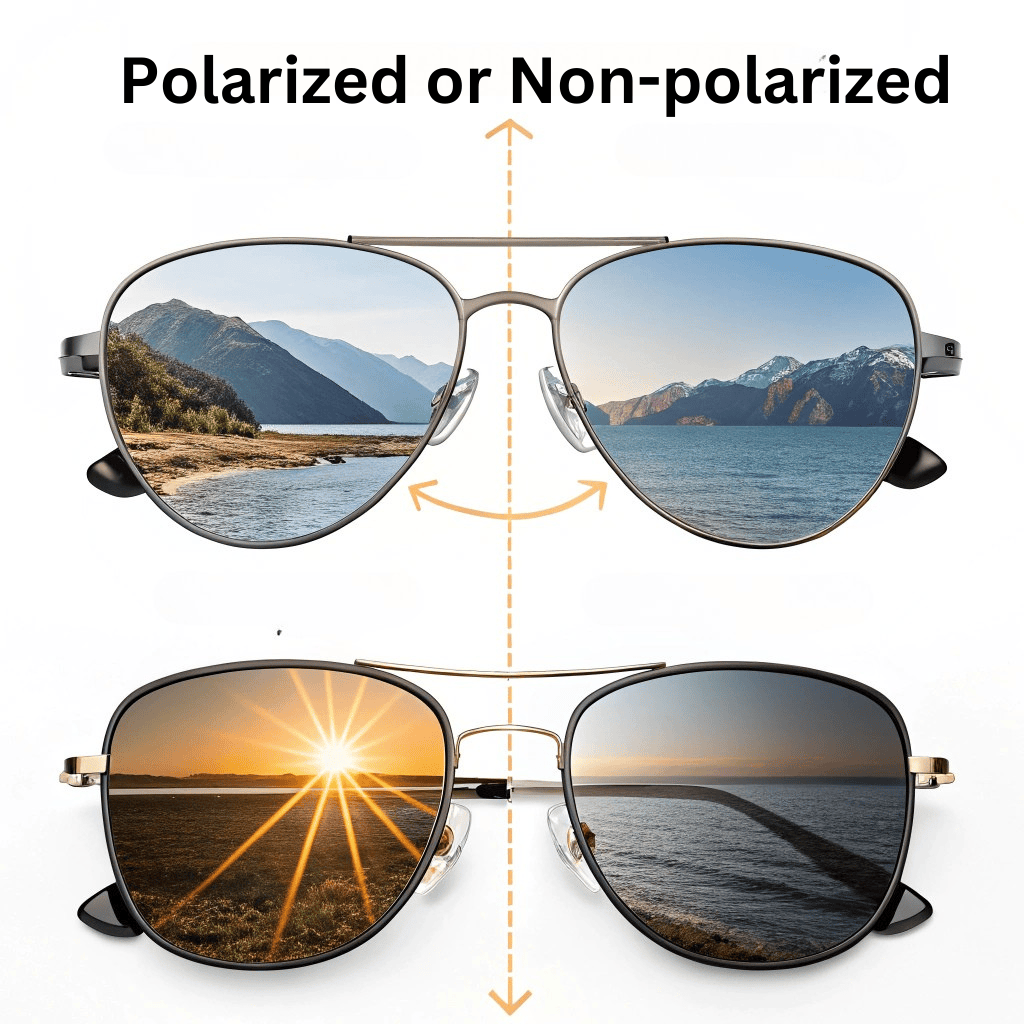
Dive Deeper
I spent time reviewing everything I learned about sunglasses. I now see that each type has its own purpose. Polarized lenses reduce glare and improve clarity in bright conditions. They are best for driving, water sports, and any activity where glare can be dangerous. On the other hand, non-polarized sunglasses are a good choice for daily use and casual settings where glare is less of an issue. I compared the features in a final table to bring all the insights together:
| Aspect | Polarized Sunglasses | Non-Polarized Sunglasses |
|---|---|---|
| Glare Reduction | High, with a built-in filter | Basic reduction of brightness |
| Visual Clarity | Improved clarity and contrast | Adequate for normal light conditions |
| Specific Uses | Best for outdoor sports and driving | Good for everyday wear |
| UV Protection Check | Must be paired with UV protection labels | Check for UV labels separately |
I share these insights from my own journey. I hope that my story and clear comparisons help you make the best choice for your needs. I believe that a simple test and clear information are the keys to good eyewear decisions. This detailed review gives you a complete picture of what to expect from each type of sunglasses. I invite you to try the tests and look for the labels that guarantee protection. This way, you can enjoy clear and safe vision every day.
Conclusion
Choosing the right sunglasses depends on your needs. Polarized lenses reduce glare; non-polarized lenses serve basic use. Protect your eyes with proper UV protection.

